By: Dr. Elizabeth Eggert
A fitted mouth guard is the best way to protect an athlete’s teeth and mouth area when playing sports throughout the year.
Dr. Jeff and Dr. Elizabeth always recommend to parents of our sports-playing patients that a custom-fitted mouth guard is the best way to protect their kids’ teeth, jaws and general health. This is especially important in traditional high-contact sports like hockey, wrestling, and football, but it’s also true in other sports like baseball and gymnastics in which an errant move may cause a dentofacial injury that is disastrous for the teeth or jaw.
Many athletes rely on the one-size-fits-all or boil-and-bite mouth easily found at sporting goods stores and online, and they are definitely an improvement over no protection.
However, the benefits of custom mouth guards are worth the investment. Your child has just one set of adult teeth, and keeping them intact should be your priority. The longer they can go in life without requiring dental reconstruction, the better. In addition, the cost of a custom set of mouth guards is far more economical than multiple dental visits.
Better Fit
When you get a custom mouth guard, it’s molded exactly to your child’s teeth and jaw. When you choose an off-the-shelf guard, it’s generally bulky and fits far from perfectly. It’s probably uncomfortable to wear and hard to speak around. As a result, kids tend to not wear them for the entire length of the game or competition or they play with them during competition rendering them ineffective.
In contrast, a custom-fit mouth guard is much more comfortable and easy to speak with. This seriously increases the likelihood that your kid will wear it for the duration of their athletic event.
Improved Breathing
One of the most common complaints kids have about one-size-fits-all mouth guards is that they interfere with breathing, especially during intense exertion. It’s no surprise that athletes object to this problem, because it’s hard to perform at your best when your respiration is impaired. Research indicates that custom mouth guards don’t interfere with breathing. In fact, some research suggests that custom mouth guards may actually improve athletic performance. When kids complain that they can’t breathe well while wearing a store-bought mouth guard, upgrade to a custom-made one
Better Protection
The American Dental Association strongly encourages athletes of all ages to wear mouth guards and reduce the risk of orofacial injuries. Studies support this. A 2018 meta-analysis established that mouth guard users are 82-93% less likely to suffer dentofacial injuries. A study of college athletes showed that custom mouth guards provide the best protection against injury while playing contact sports.
The ADA states that the most effective mouth guards share these qualities:
- Cover the user’s teeth on one arch
- Are properly fitted to the user’s mouth
- Are accurately adapted to the user’s oral structures
- Stay in place comfortably and securely
Stock mouth guards don’t meet these criteria, but custom mouth guards do.
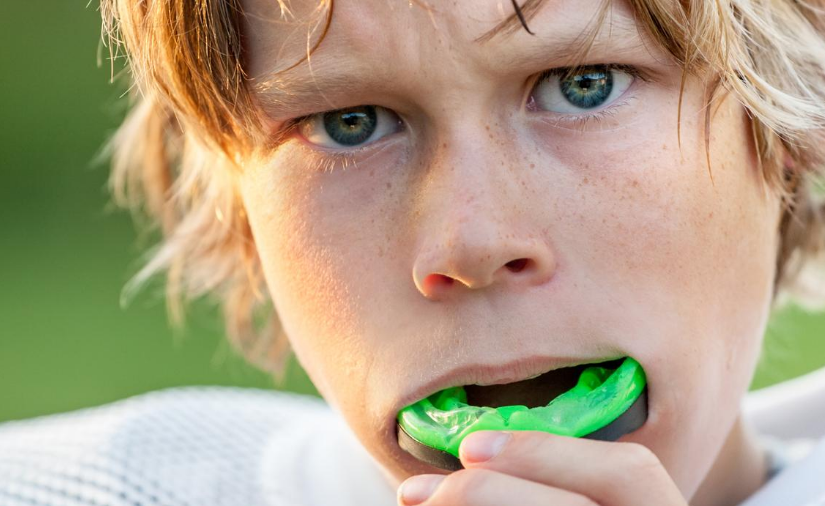

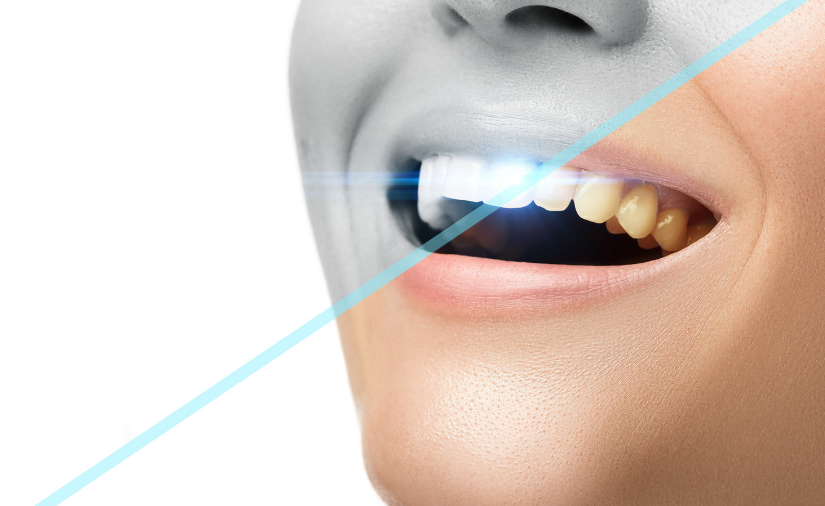


 Candy on a stick, such as lollipops or rock candy, is meant to be enjoyed over time. Because it lingers in your mouth, it increases the production of saliva. However, instead of the saliva doing its job and rinsing bacteria out of your mouth, it only spreads the sugar around. Additionally, your mouth produces acid in an attempt to destroy the sticky sugar that then coats your teeth. The acid and sugar team up to break down tooth enamel and, with repeat exposure, can result in tooth decay.
Candy on a stick, such as lollipops or rock candy, is meant to be enjoyed over time. Because it lingers in your mouth, it increases the production of saliva. However, instead of the saliva doing its job and rinsing bacteria out of your mouth, it only spreads the sugar around. Additionally, your mouth produces acid in an attempt to destroy the sticky sugar that then coats your teeth. The acid and sugar team up to break down tooth enamel and, with repeat exposure, can result in tooth decay. You might be wondering where sour candy fits into the picture. Warheads, Sour Patch Kids, Sour Skittles…kids LOVE sour candy and love to challenge themselves and their friends to eat large quantities of it or hold the sour candy in their mouths for long periods of time.
You might be wondering where sour candy fits into the picture. Warheads, Sour Patch Kids, Sour Skittles…kids LOVE sour candy and love to challenge themselves and their friends to eat large quantities of it or hold the sour candy in their mouths for long periods of time. One of the most popular categories of Halloween candy are chocolates. While many have sticky centers like Twix, Rollos or Snickers, others like Hershey’s bars and Nestle Crunch dissipate quickly in your mouth, making them more dental-friendly than almost any other candy.
One of the most popular categories of Halloween candy are chocolates. While many have sticky centers like Twix, Rollos or Snickers, others like Hershey’s bars and Nestle Crunch dissipate quickly in your mouth, making them more dental-friendly than almost any other candy.
 When you bring your baby in for their first dental visit, Dr. Elizabeth or Dr. Jeff will take a peek in their mouth and check all erupted teeth to make sure they’re healthy. Then they will discuss basic baby and toddler oral care, address the
When you bring your baby in for their first dental visit, Dr. Elizabeth or Dr. Jeff will take a peek in their mouth and check all erupted teeth to make sure they’re healthy. Then they will discuss basic baby and toddler oral care, address the 
 Buy your child a new toothbrush, a tube of
Buy your child a new toothbrush, a tube of  Check the school’s gum policy and, if it’s allowed, give your child a pack of sugar-free gum to chew after lunch to help clean their teeth
Check the school’s gum policy and, if it’s allowed, give your child a pack of sugar-free gum to chew after lunch to help clean their teeth Crunchy foods like carrots, celery and apples; limit citrus fruits which erode enamel quickly
Crunchy foods like carrots, celery and apples; limit citrus fruits which erode enamel quickly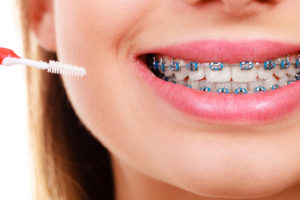 Put a travel toothbrush, a small tube of fluoride toothpaste, a container of floss and a container of dental wax in a small zipper bag and encourage them to brush their teeth after lunch
Put a travel toothbrush, a small tube of fluoride toothpaste, a container of floss and a container of dental wax in a small zipper bag and encourage them to brush their teeth after lunch
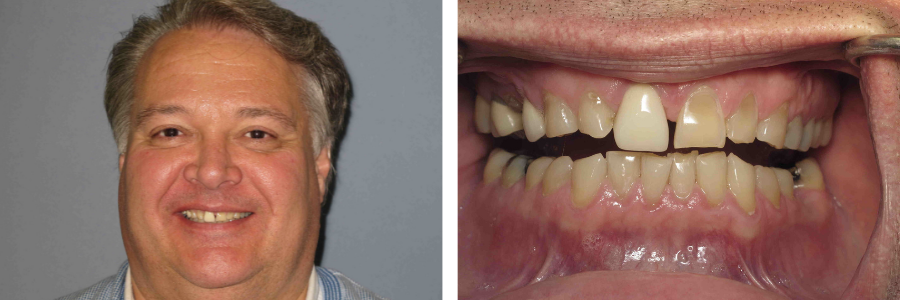
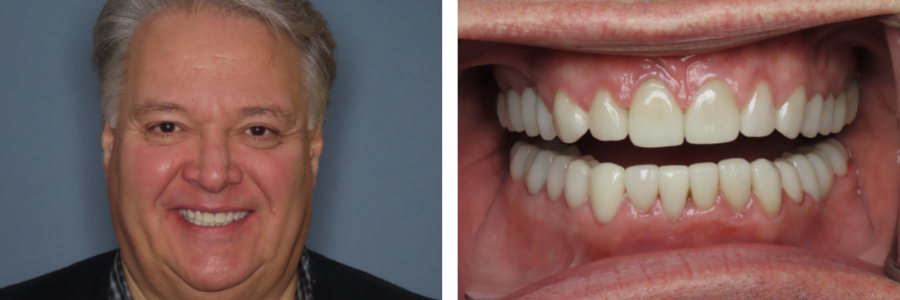

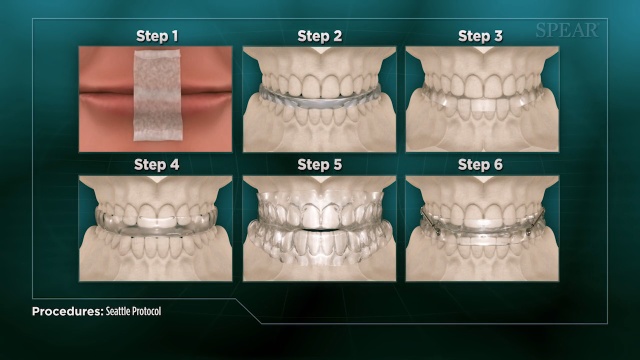
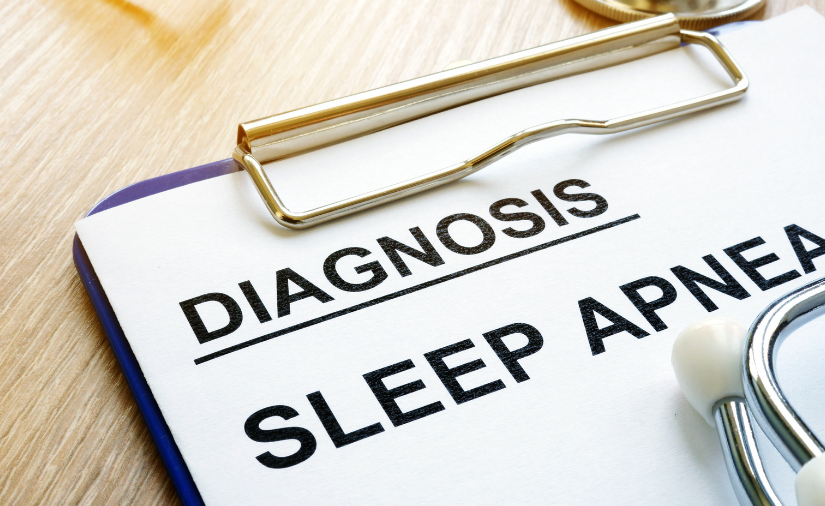
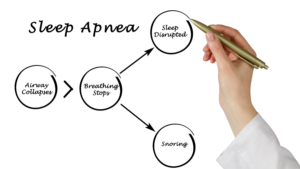 The first time we see you for sleep apnea symptoms, we will perform an assessment for signs of structural abnormalities or any physical issues that could be contributing to airway obstruction. This could include an enlarged tongue or tonsils, a small jaw or a large neck.
The first time we see you for sleep apnea symptoms, we will perform an assessment for signs of structural abnormalities or any physical issues that could be contributing to airway obstruction. This could include an enlarged tongue or tonsils, a small jaw or a large neck. A
A 
 When you come in for an appointment, we look for signs or symptoms that could be considered “red flags” for airway conditions, including sleep apnea. Dr. Elizabeth or Dr. Jeff perform an assessment to see if you have any of the following risk factors among many others:
When you come in for an appointment, we look for signs or symptoms that could be considered “red flags” for airway conditions, including sleep apnea. Dr. Elizabeth or Dr. Jeff perform an assessment to see if you have any of the following risk factors among many others: Did you know that, in
Did you know that, in  Bruxism is another condition that is often present alongside obstructive sleep apnea. Often intertwined with TMD, bruxism describes a condition caused by the clenching or grinding of teeth. It occurs unconsciously during sleep and can be another way a person’s body compensates for an airway obstruction.
Bruxism is another condition that is often present alongside obstructive sleep apnea. Often intertwined with TMD, bruxism describes a condition caused by the clenching or grinding of teeth. It occurs unconsciously during sleep and can be another way a person’s body compensates for an airway obstruction.